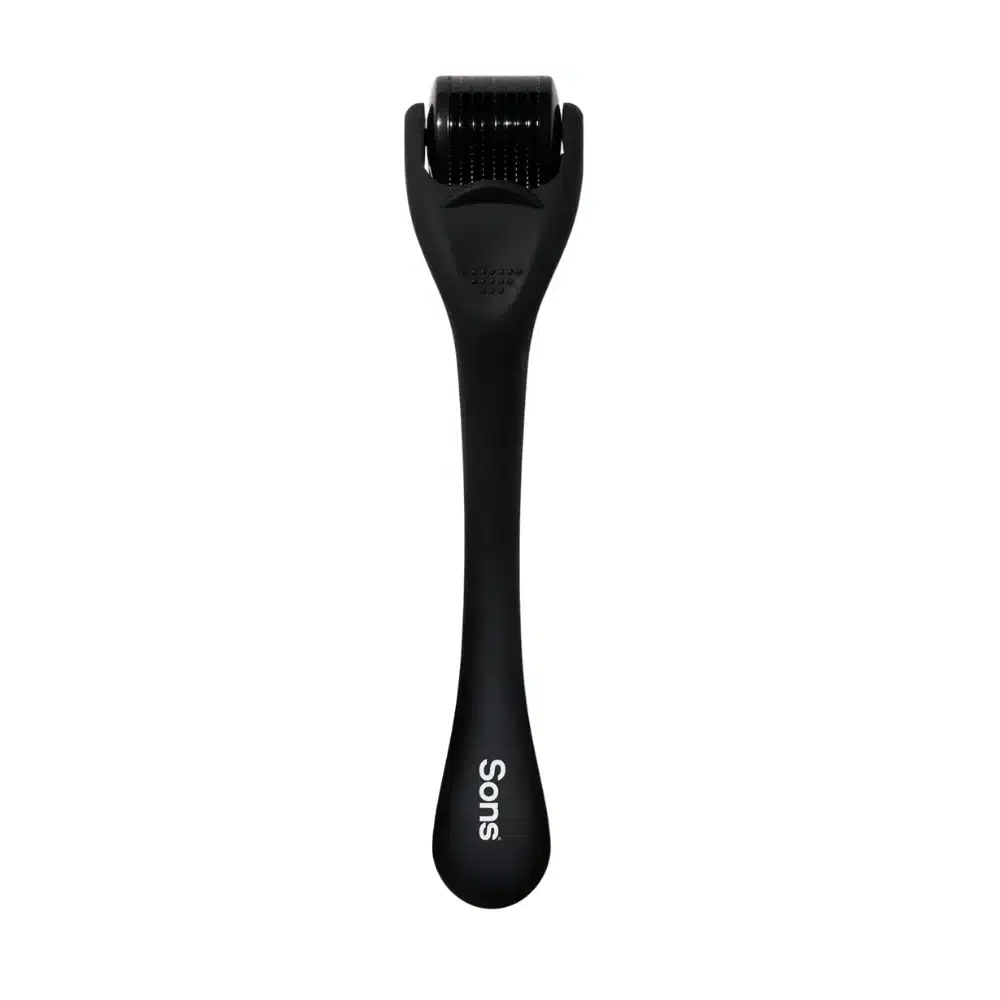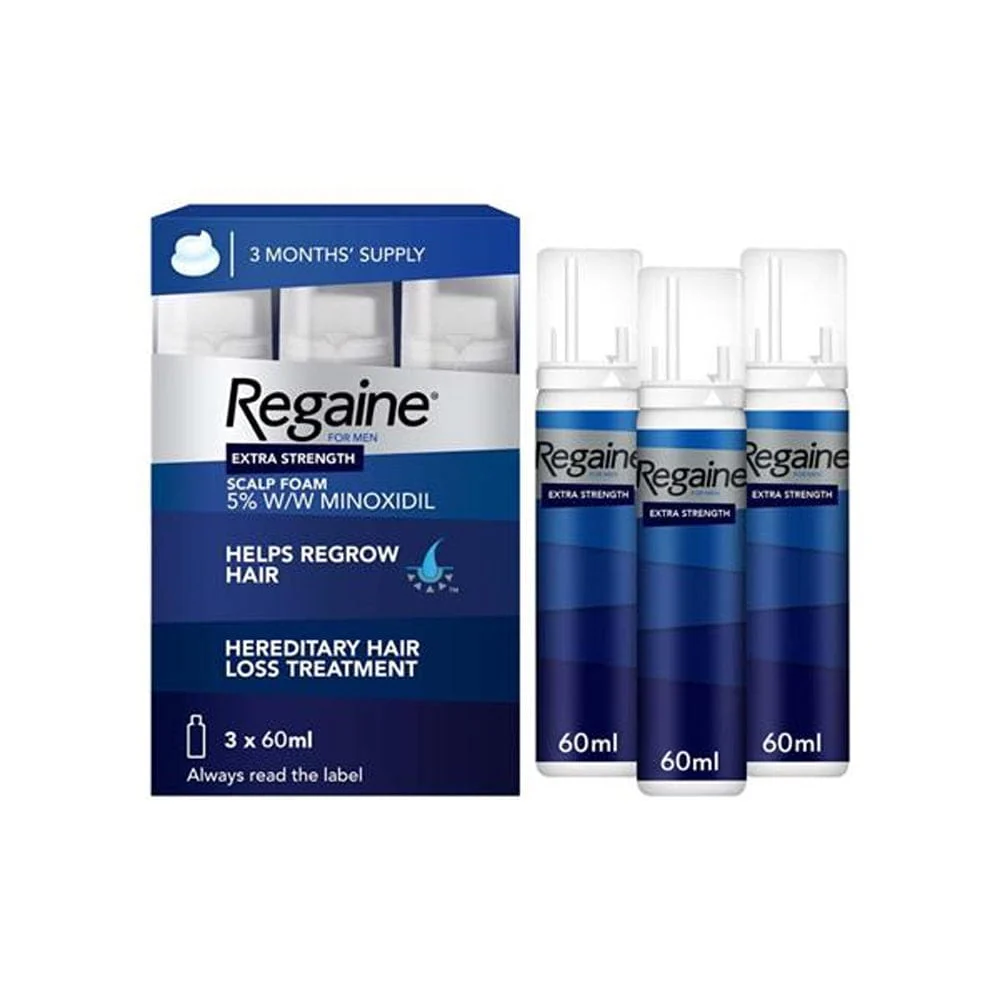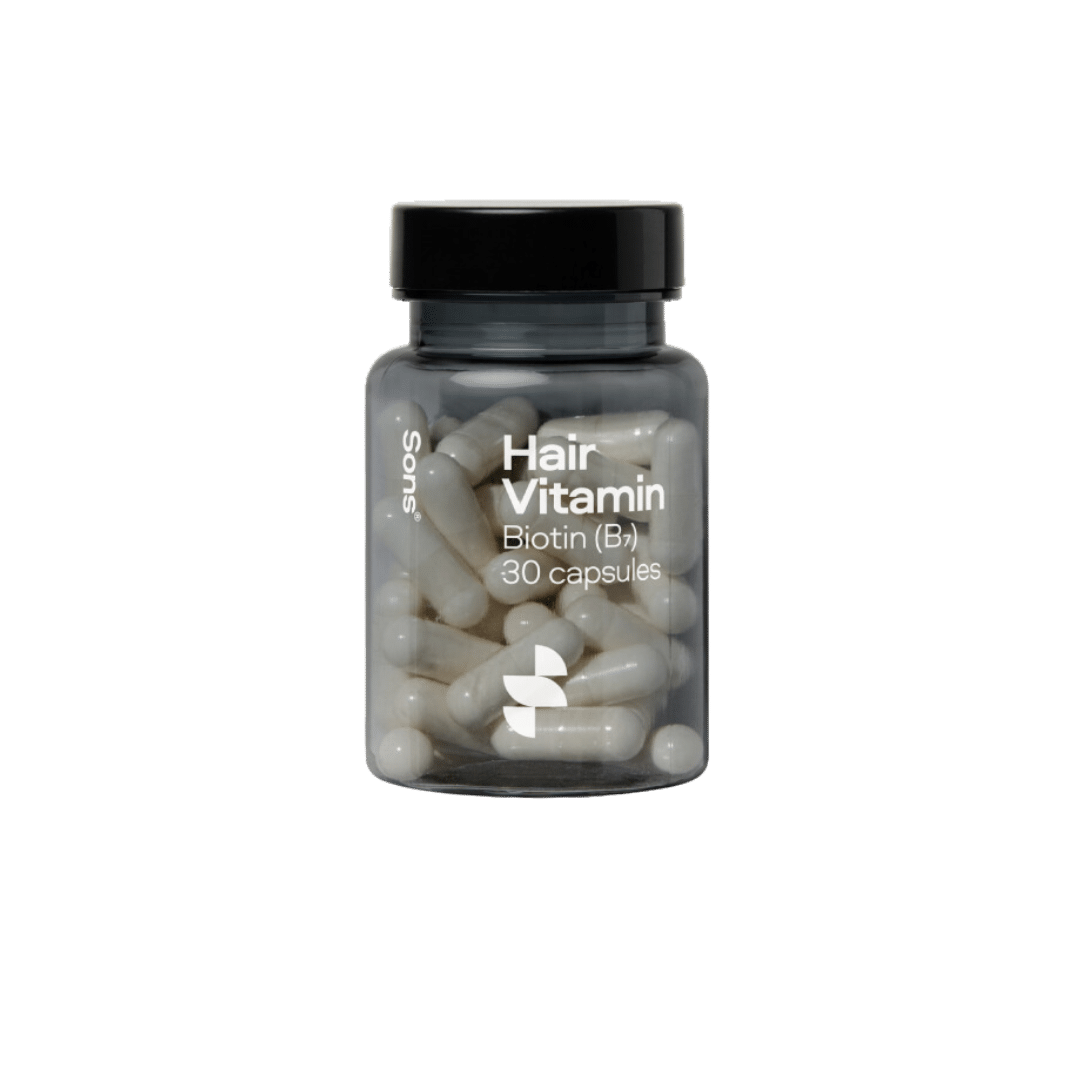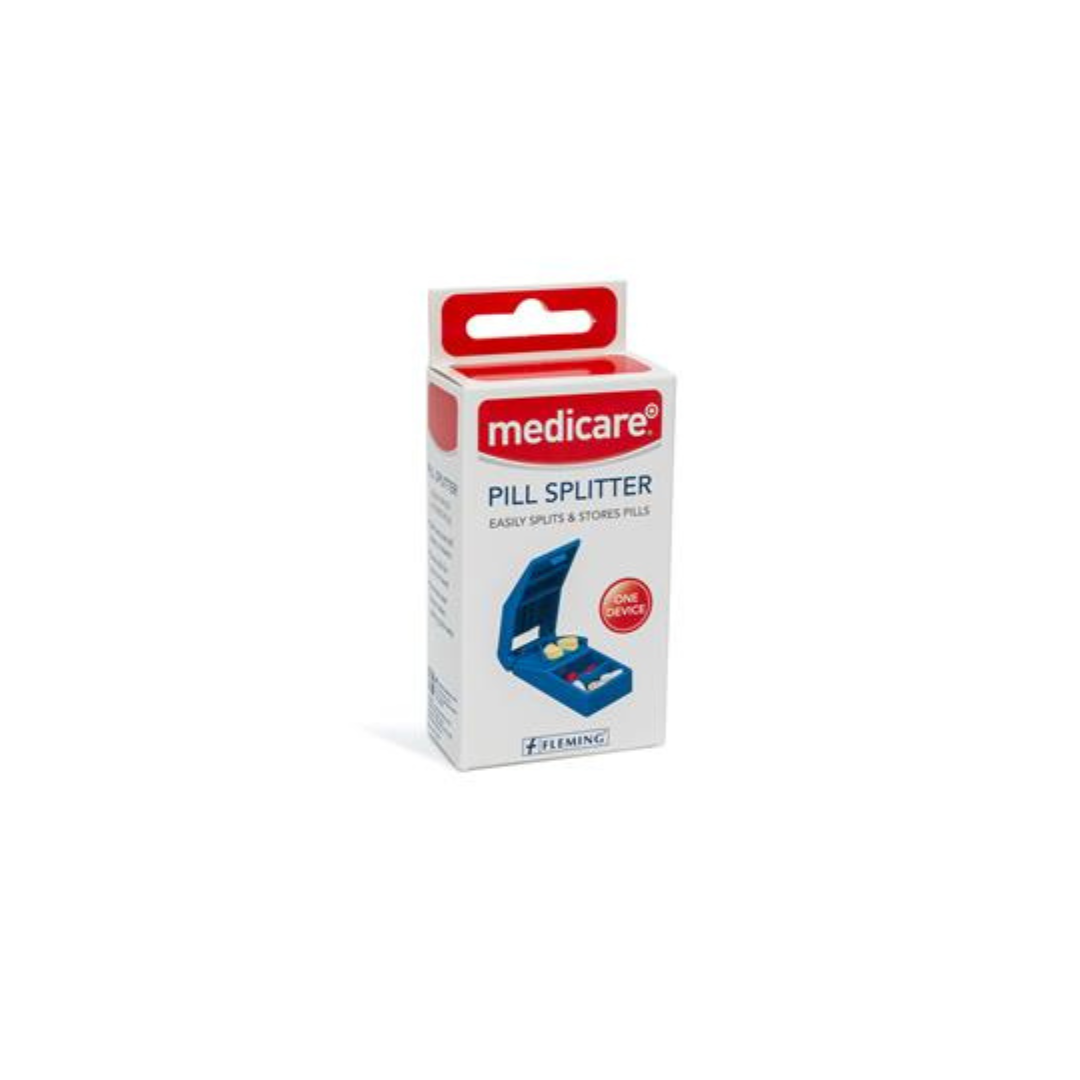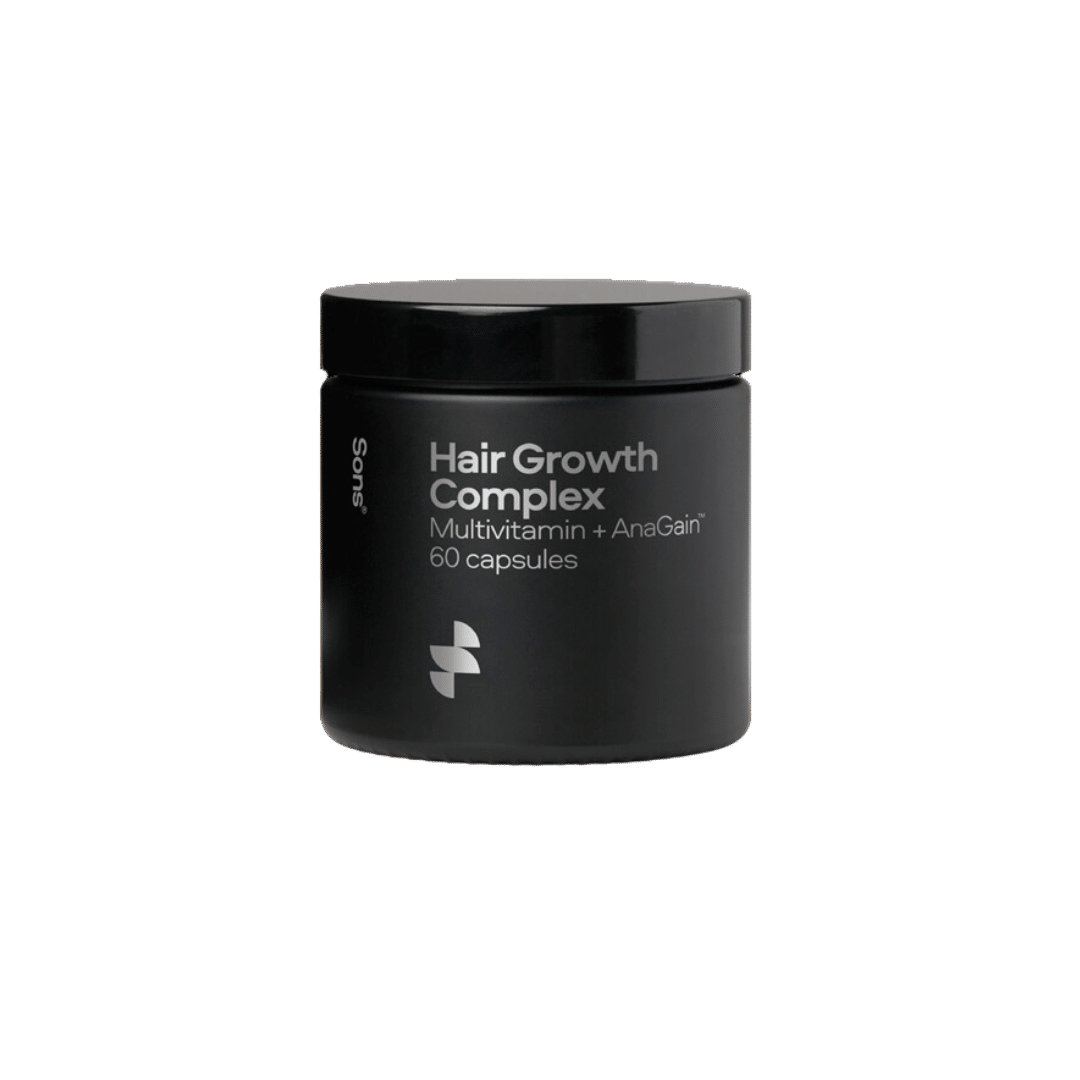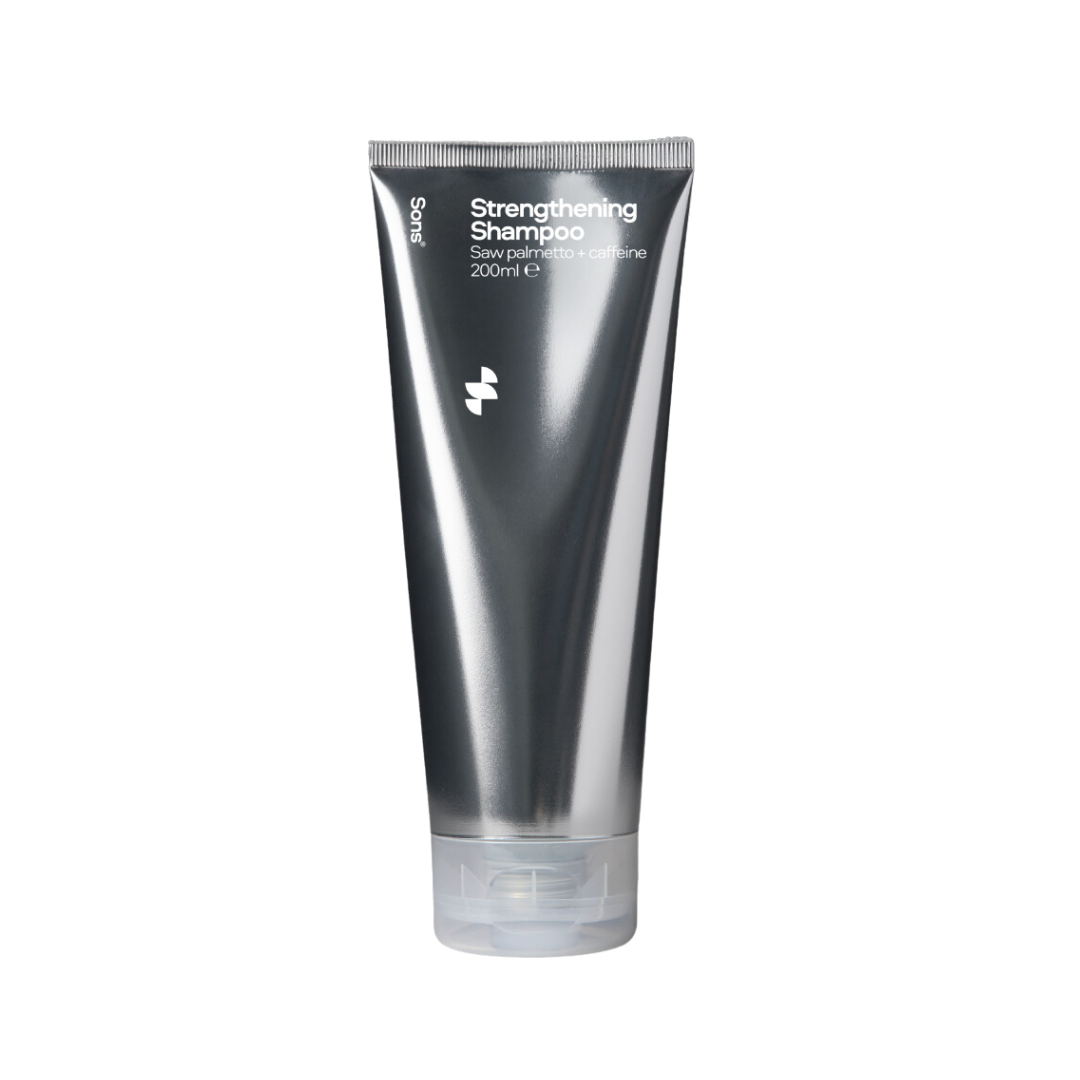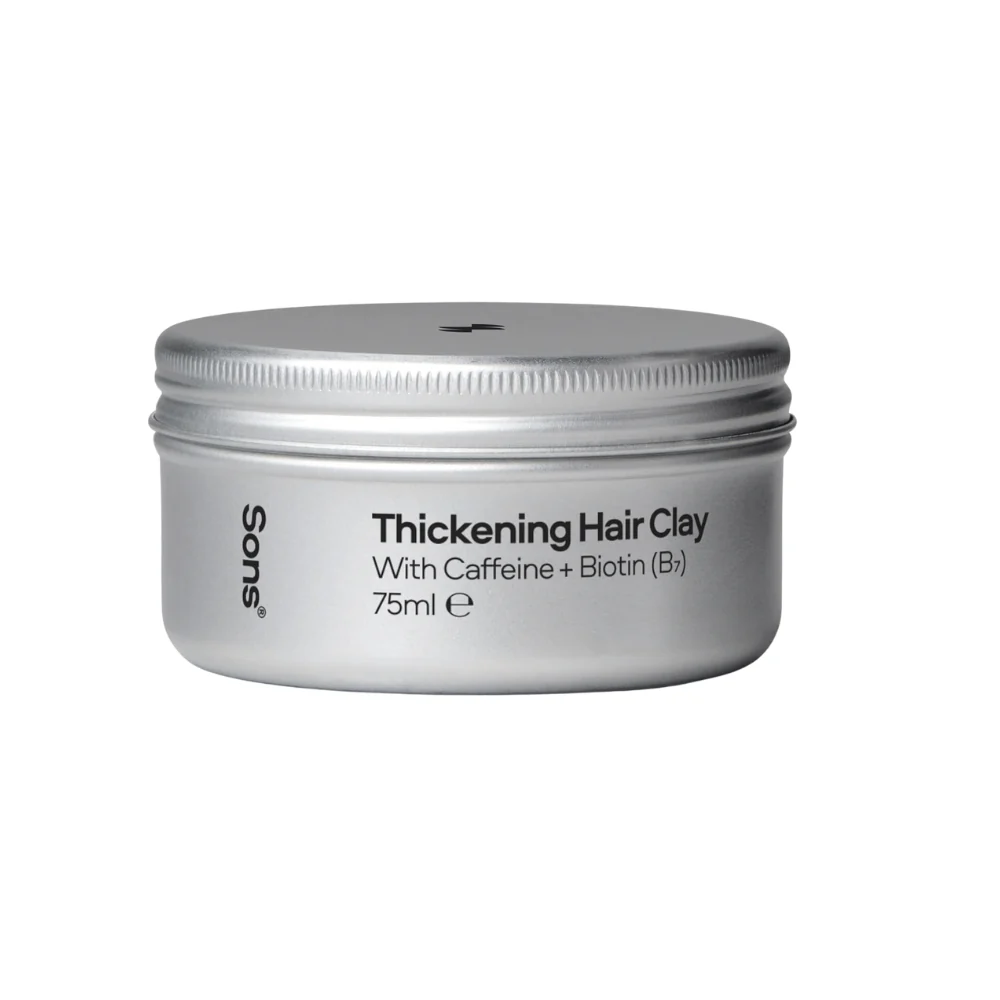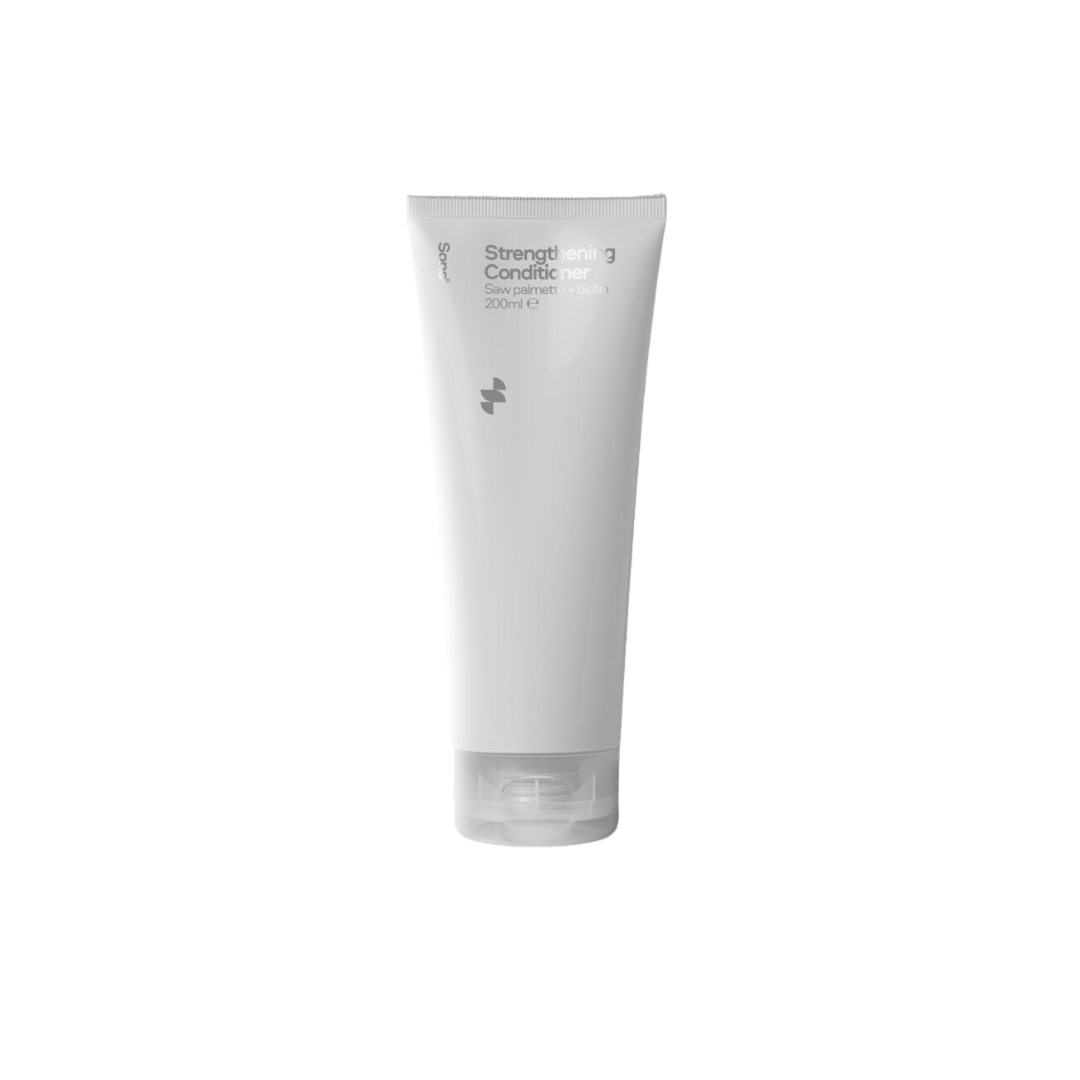Finasteride vs minoxidil: the key difference
Finasteride is a prescription tablet that lowers dihydrotestosterone (DHT), the hormone that causes follicles to miniaturise in male pattern baldness. By reducing DHT at the scalp, it slows shedding and helps more hairs stay in the growth phase.
Minoxidil helps follicles cycle into growth and stay there longer. It is available as an over-the-counter topical foam or solution, and as prescription tablets (the brand name is Loniten) used off-label for hair loss in suitable adults under doctor supervision.
In simple terms: finasteride treats the hormonal driver; minoxidil improves the local growth signal. Many people see the best results from a combination of the two, provided there are no contraindications.
How finasteride works
Finasteride blocks the 5-alpha-reductase enzyme that converts testosterone to DHT. Lower DHT protects susceptible follicles from shrinkage, helping to stabilise loss at the crown and mid-scalp and, over time, thicken hair diameter.
What to expect: shedding often slows after three months; visible improvement usually takes four to six months, with best assessment at nine to twelve months. Treatment is ongoing to maintain results.
Common side effects: most people tolerate finasteride well. A small number report low libido, erectile symptoms, mood changes or breast tenderness. Speak to a doctor if side effects occur; dose adjustments or alternative options may be considered.
To start a prescription online, complete a short questionnaire with our trusted online doctor partner, Zava. If suitable, the doctor issues a script and sends it by Healthmail to your chosen pharmacy. For pricing and current availability at Healthwave, see our hair loss pricing page.
If you choose Healthwave, your doctor can address it to healthwave.dundrum@healthmail.ie. We will discreetly package your order and have it delivered to your door in 1-2 working days.
How minoxidil works
Minoxidil shortens the “resting” phase and lengthens the active growth phase of hair. It increases blood flow around the follicle and promotes thicker, longer strands.
Two ways to use it:
- Topical minoxidil (OTC): applied once or twice daily to the scalp. Foam is popular for the crown; solutions may suit receding areas. Mild scalp irritation can occur; consistent use is essential.
- Oral minoxidil (Loniten, prescription only): low-dose tablets used off-label for hair loss in select adults. Doctors consider history, blood pressure and medicines to judge safety, starting low and titrating when appropriate. Possible effects include ankle swelling, increased body hair and changes in blood pressure; regular follow-up is important.
You can book a phone or video consultation with a registered Irish doctor to discuss oral minoxidil. If appropriate, the prescription is sent by Healthmail to your chosen pharmacy. For pricing and current availability at Healthwave, see our hair loss pricing page.
If you choose Healthwave, your doctor can address it to healthwave.dundrum@healthmail.ie. We will discreetly package your order and have it delivered to your door in 1-2 working days.
Results timeline and using treatments together
Whichever option you choose, give a fair trial. Topical minoxidil can trigger temporary shedding in the first six to eight weeks as follicles reset, with early thickening from three months. Finasteride usually steadies loss within three months, with density changes over six to twelve months. Combination treatment can offer additive benefits by tackling both the hormonal trigger and follicle cycling.
Who may be a good candidate
- Finasteride: suits most adult men with pattern hair loss who want a once-daily tablet and are comfortable with ongoing treatment and regular checks.
- Topical minoxidil: good for men who prefer a non-prescription option or want to add a topical to finasteride. Works best on the crown and mid-scalp.
- Oral minoxidil (Loniten): for adults assessed as suitable by a doctor where topical use is impractical or response is limited. Requires monitoring.
What about topical minoxidil products?
Topical minoxidil is available without a prescription and can be used alone or alongside finasteride if appropriate. Apply to dry scalp, allow to dry before styling, and keep consistent daily use.
We stock:
Safety, interactions and follow-up
Finasteride: tell your doctor about liver problems, current medicines and plans for pregnancy in your household. Tablets are not for use by women; avoid handling crushed tablets during pregnancy. Seek medical advice if you develop breast changes or mood symptoms.
Oral minoxidil: your doctor will check blood pressure, cardiovascular history and current medicines. Report ankle swelling, dizziness or palpitations. Do not stop suddenly without medical advice.
Topical minoxidil: avoid application to broken skin; wash hands after use; keep away from flames until dry. Temporary increased shedding can occur early on.
Practical tips for better results
- Take finasteride at the same time daily; set a reminder to improve adherence.
- Apply minoxidil after the shower when the scalp is clean and dry; allow several hours before bedtime to avoid rubbing off.
- Track progress using the same bathroom lighting and monthly photos; reassess with your doctor at six to twelve months.
- Supportive measures such as gentle shampoos, avoiding tight styles and managing stress can help the scalp environment.
Supports available in Ireland
FAQs
Is finasteride or minoxidil better for a receding hairline?
They work differently. Finasteride targets the DHT-driven process and can help stabilise a receding hairline, while topical minoxidil mainly benefits crown and mid-scalp. Many men use both if suitable; your doctor can advise.
How long before I see results with finasteride vs minoxidil?
Allow three to six months to judge progress. Finasteride often steadies shedding by three months; visible thickening may take longer. Minoxidil can show early improvement from around three months with consistent daily use.
Can I use oral minoxidil and finasteride together?
Combination therapy is common under medical supervision. Suitability depends on your health, blood pressure and medicines. A doctor will decide starting dose and monitoring plan.
Do I have to keep taking treatment forever?
Effects are maintained only while you continue. Stopping treatment allows hair to return to the usual pattern over several months.
Are there interactions with other medicines?
Always list your current medicines. Oral minoxidil can interact with blood pressure medicines and some other treatments; your doctor will check for you.
Is topical minoxidil safe long term?
It has been used for decades. The most common issues are local irritation and unwanted facial hair if the product spreads. Use exactly as directed and wash hands after application.



